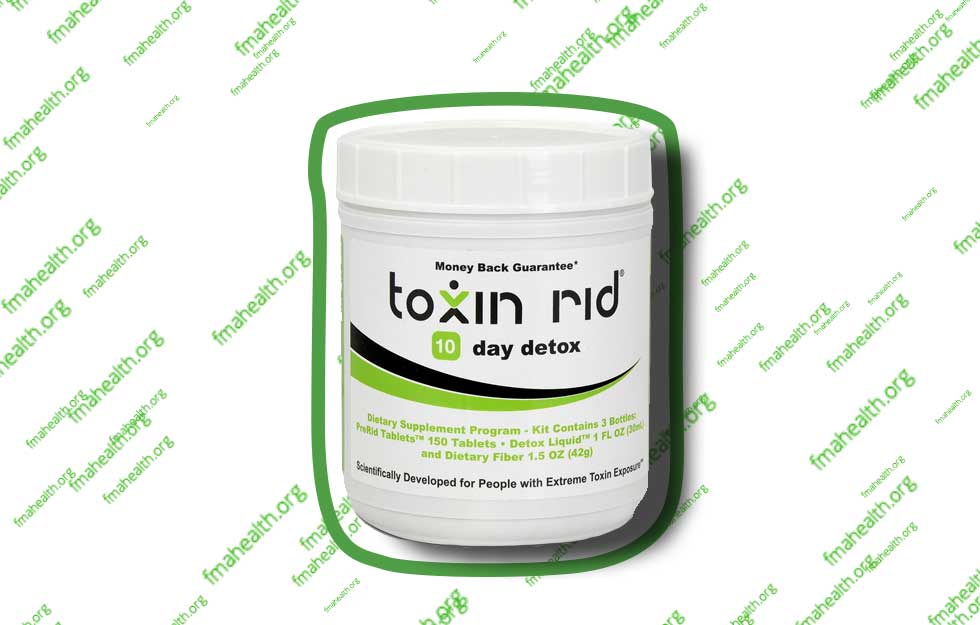Mission Statement
Drug Free Pennsylvania (DFPA) is a statewide, nonprofit, 501 (c) (3) organization that creates healthier communities by educating individuals of all ages and providing workplace solutions through programs that prevent substance abuse.
We accomplish our mission through influencing healthy choices, lifestyle changes and striving to make Pennsylvania a safe place to live, work, play, and learn without the undue influences and effects of substance abuse. We also provide professional support for drug tests, for example – to pass a urine drug test. To know more – read the guide on Leaf Expert.
Vision Statement
Drug Free Pennsylvania (DFPA) will inspire and change lives through community educational and workplace programs which are credible and scientifically based. We will educate people of all ages — from grade school children to senior citizens — about the negative effects of substance abuse. Our experienced, highly qualified staff will develop and implement innovative, collaborative programs which are designed to improve the quality of life for all citizens of the Commonwealth of Pennsylvania. We will ensure that substance abuse has no place in our thriving, safe communities through effective program development.
Drug Testing
Drug testing is a common element of the employment process for many employers across the United States. Only a drug-free workplace, they feel, can enhance productivity and make the workplace a safe environment for everyone. To ensure a drug-free system, employees who use cannabis may seek ways to detox weed from their system before taking the test. While there are various ways on how to detox weed, it’s essential to understand that some methods may not be effective, and some may even be harmful to your health. Therefore, it’s important to do thorough research and consult with a healthcare professional before attempting any detoxification method.
As a result, drug testing is no longer merely a pre-employment step but is now standard practice in many businesses. Even current employees are subjected to random drug tests.



